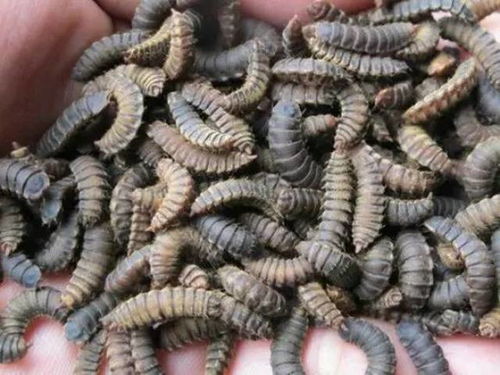
在信息爆炸的时代,数据成为了推动社会进步的重要力量。而Python爬虫作为获取网络数据的重要工具,越来越受到开发者的青睐。本文将带领大家从入门到实战,全面了解Python爬虫。

Python爬虫是指利用Python编程语言,通过编写程序从互联网上获取数据的过程。这些数据可以来自各种网站,如新闻、商品信息、社交媒体等。Python爬虫具有以下特点:
高效:Python拥有丰富的库和框架,可以快速实现爬虫功能。
灵活:Python语法简洁,易于编写和维护。
跨平台:Python可以在Windows、Linux、macOS等多个操作系统上运行。

Python爬虫开发过程中,常用的库有:
requests:用于发送HTTP请求,获取网页内容。
BeautifulSoup:用于解析HTML和XML文档,提取所需信息。
Scrapy:一个强大的爬虫框架,可以快速构建爬虫项目。
lxml:用于解析XML和HTML文档,性能优于BeautifulSoup。

以下是一个简单的Python爬虫示例,用于爬取网页内容:
import requests
from bs4 import BeautifulSoup
发送GET请求
url = 'http://www.example.com'
response = requests.get(url)
解析网页内容
soup = BeautifulSoup(response.text, 'html.parser')
提取标题
title = soup.find('title').text
print('', title)
提取文章内容
content = soup.find('div', class_='content').text
print('文章内容:', content)

以下是一个简单的Python爬虫示例,用于爬取商品信息:
import requests
from bs4 import BeautifulSoup
发送GET请求
url = 'http://www.example.com/product/12345'
response = requests.get(url)
解析网页内容
soup = BeautifulSoup(response.text, 'html.parser')
提取商品名称
name = soup.find('h1', class_='product-name').text
print('商品名称:', name)
提取商品价格
price = soup.find('span', class_='product-price').text
print('商品价格:', price)
提取商品销量
sales = soup.find('span', class_='product-sales').text
print('商品销量:', sales)

爬取到的数据可以存储到本地文件或数据库中。以下是一个将数据存储到CSV文件的示例:
import csv
import requests
from bs4 import BeautifulSoup
发送GET请求
url = 'http://www.example.com/products'
response = requests.get(url)
解析网页内容
soup = BeautifulSoup(response.text, 'html.parser')
提取商品信息
products = []
for product in soup.find_all('div', class_='product'):
name = product.find('h2', class_='product-name').text
price = product.find('span', class_='product-price').text
sales = product.find('span', class_='product-sales').text
products.append([name, price, sales])
存储到CSV文件
with open('products.csv', 'w', newline='', encoding='utf-8') as f:
writer = csv.writer(f)
writer.writerow(['商品名称', '商品价格', '商品销量'])
writer.writerows(products)
Python爬虫是一个强大的工具,可以帮助我们获取网络上的丰富数据。通过本文的学习,相信大家对Python爬虫有了更深入的了解。在实际应用中,不断积累经验,提高爬虫技能,才能更好地应对各种挑战。